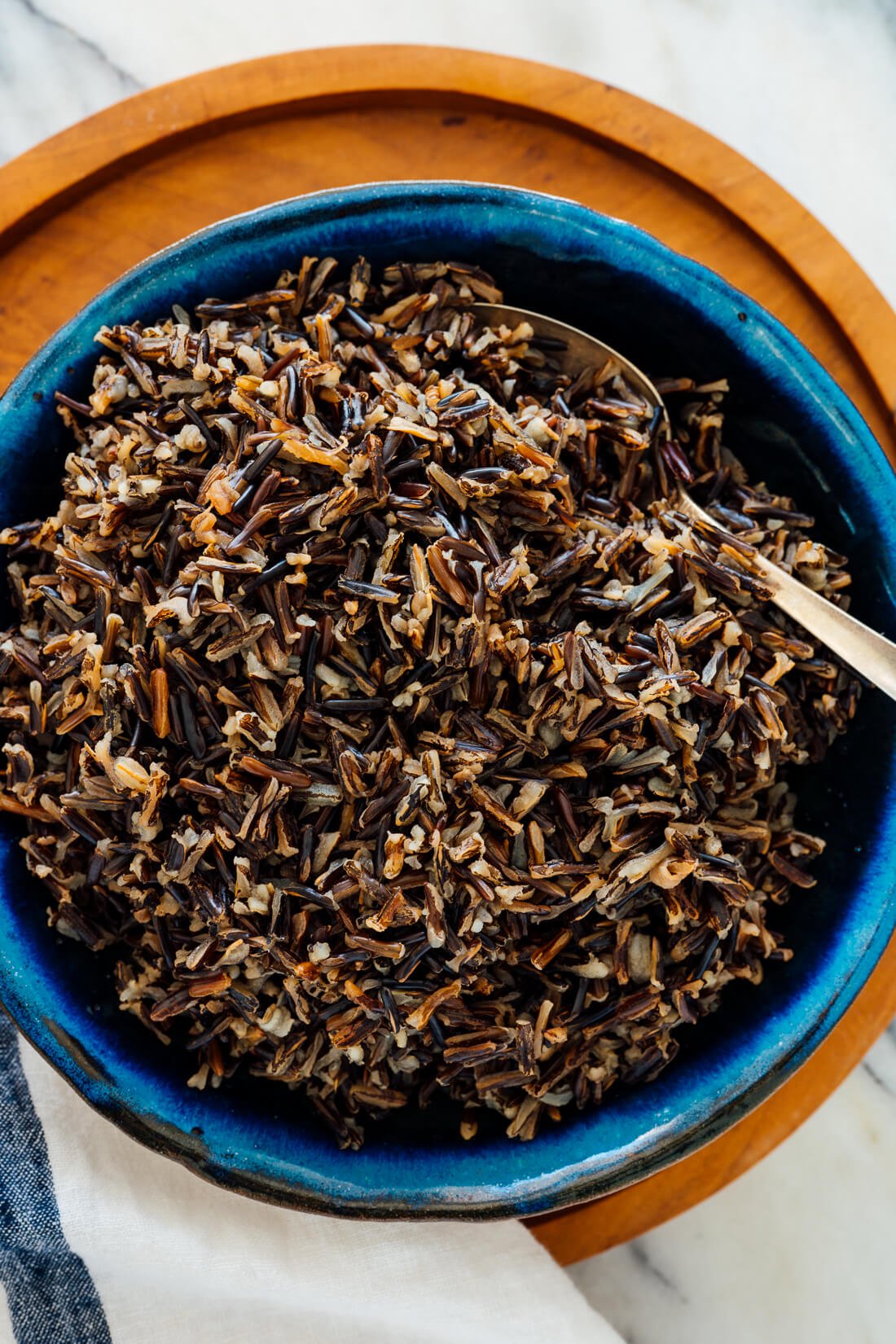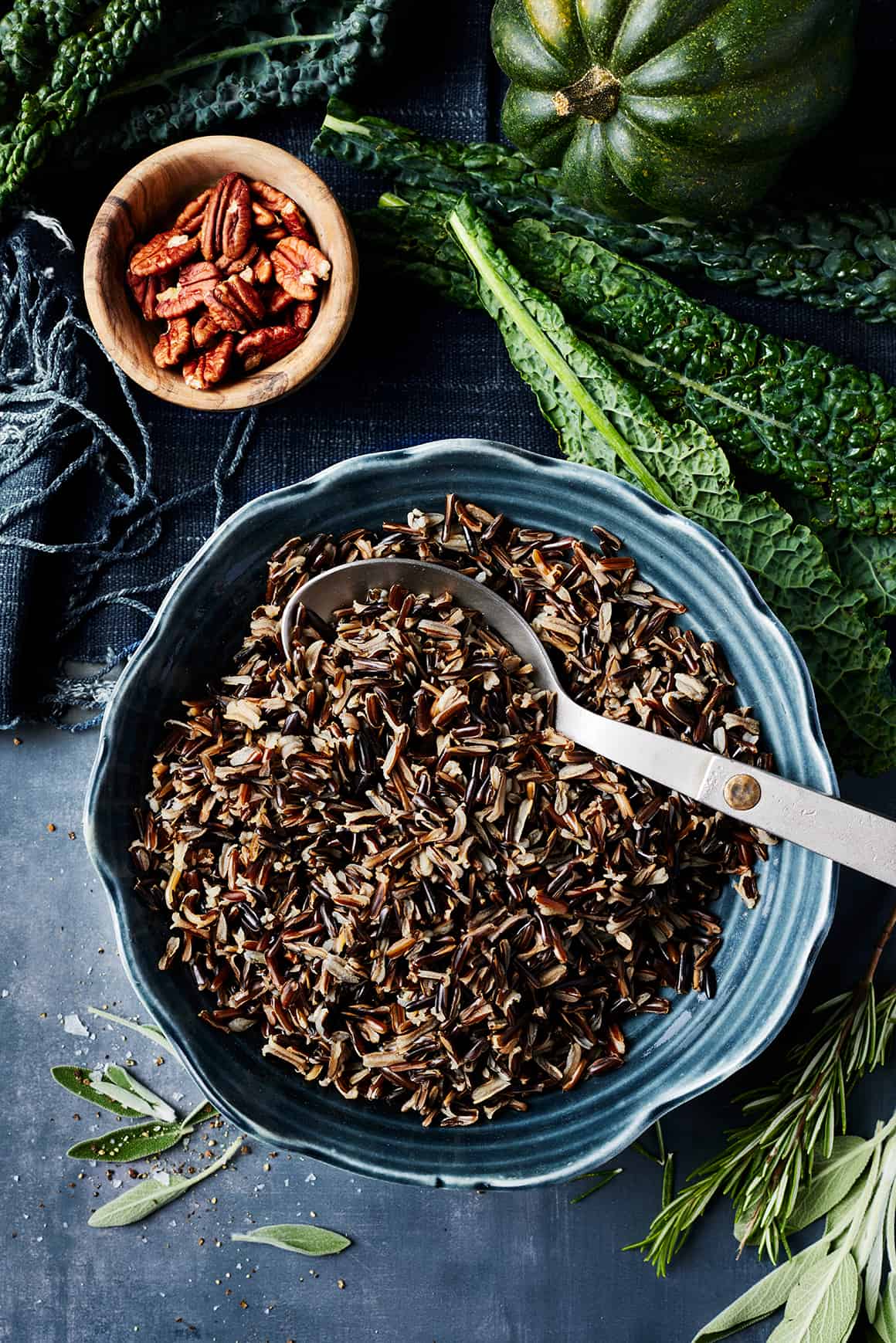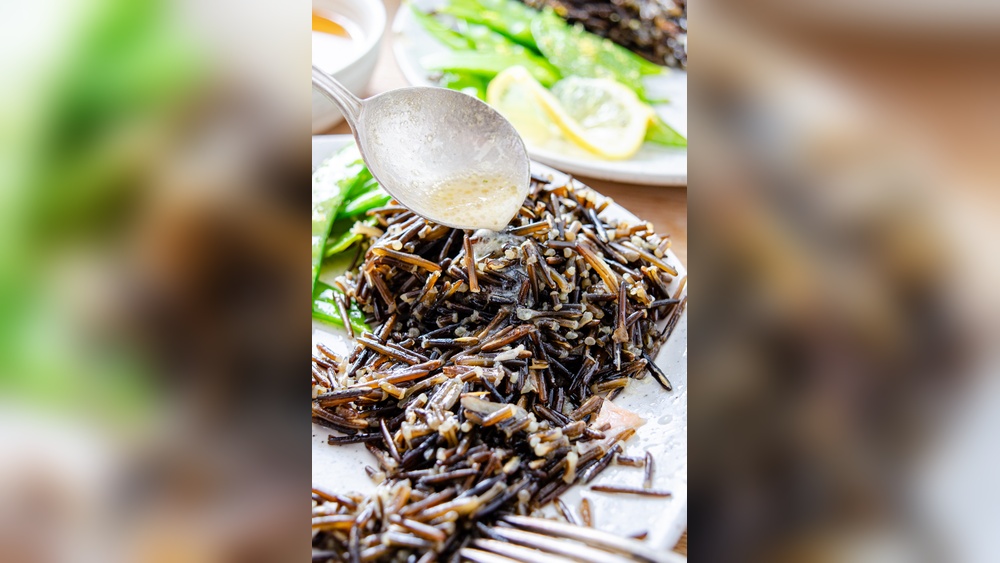If you’ve ever stared at a bag of wild rice wondering how to turn those tiny grains into a delicious, fluffy side dish, you’re not alone. Cooking wild rice might seem tricky at first, but with the right steps, you can master it easily.
Whether you want to add a nutty flavor to your meals or impress your guests with a healthy twist, learning how to cook wild rice perfectly will elevate your kitchen game. Keep reading, and you’ll discover simple tips and foolproof methods to get wild rice just right every time—no soaking required unless you want it.
Ready to unlock the secrets to cooking wild rice that’s tender, flavorful, and never mushy? Let’s dive in!
Wild Rice Basics
Wild rice is not true rice. It is a seed from aquatic grass. It has a chewy texture and a nutty flavor. People often use it in soups, salads, and side dishes.
Nutritional benefits of wild rice include high protein and fiber. It is low in fat and calories. Wild rice also contains important minerals like zinc and magnesium. It supports good digestion and heart health.
| Type | Description | Common Use |
|---|---|---|
| Long Grain Wild Rice | Most common type, long and slender grains | Side dishes, soups |
| Medium Grain Wild Rice | Shorter and thicker than long grain | Salads, casseroles |
| Short Grain Wild Rice | Plump grains with a chewy texture | Stuffings, pilafs |

Preparation Tips
Rinsing wild rice removes dirt and debris. Use cold water and rinse until water runs clear. This helps the rice cook evenly and taste better.
Soaking wild rice is optional. Soaking for 4-6 hours softens the grains and reduces cooking time. Skip soaking if short on time; cooking will take longer but still works well.
Choosing between water or broth depends on flavor preference. Water gives a clean, nutty taste. Broth adds extra richness and depth. Use vegetable or chicken broth for best results.
Stovetop Cooking
Use 3 cups of water for every 1 cup of wild rice. Rinse the rice well under cold water to remove dirt. Bring the water and rice to a boil in a saucepan. After boiling, lower the heat to simmer and cover the pot. Let the rice cook for about 45-60 minutes until grains are tender and some kernels burst open. Check the rice occasionally to avoid burning.
If water remains after cooking, drain the rice in a fine sieve. Return the drained rice to the pot and cover it. Let it steam for 10 minutes on very low heat. This step helps the rice become fluffy and soft.

Instant Pot Method
Setting up the Instant Pot is easy. Rinse 1 cup of wild rice under cold water. Add the rice to the pot with 2 cups of water or broth. Make sure the rice is fully covered. Close the lid and set the valve to sealing.
Cooking time should be set to 25 minutes on high pressure. The pot will take a few minutes to build pressure before the timer starts. This helps cook the rice evenly.
After cooking, let the pressure release naturally for 10 minutes. Then, carefully turn the valve to venting to release any remaining steam. This step prevents the rice from becoming mushy.
Fluff the rice with a fork before serving. The grains will be tender and slightly chewy with a nutty flavor.
Using A Rice Cooker
Set your rice cooker to the “brown rice” or “wild rice” setting if available. These settings use the right temperature and cooking time. If your cooker has no special setting, use the “normal” mode.
Cooking wild rice usually takes 45 to 60 minutes in a rice cooker. Check the rice after 45 minutes for doneness. Add a little water if it looks dry and cook a bit longer.
After cooking, let the rice rest inside the cooker for about 10 minutes. Use a fork to gently fluff the rice. This helps separate the grains and makes it light and fluffy.
Texture And Doneness
Fluffy wild rice has separate grains and a light texture. It cooks longer, about 45-60 minutes. Chewy wild rice is firmer and cooks faster, around 30-40 minutes. Adjust the cooking time depending on the desired texture.
Shorter cooking time keeps rice chewy. Longer cooking time softens it. Keep checking to avoid overcooking.
Prevent mushy rice by using the right water ratio, usually 3 cups of water for 1 cup of wild rice. Drain excess water after cooking. Let the rice steam for a few minutes before fluffing with a fork.
Flavor Enhancements
Herbs and spices can make wild rice taste better. Try adding thyme, sage, or bay leaves during cooking. These give a fresh and earthy flavor. Black pepper and a pinch of cinnamon also work well.
Using broth instead of water adds rich flavor. Chicken, beef, or vegetable broth can be used. This makes the rice taste more savory and less plain.
Mix-ins and toppings add texture and color. Try toasted nuts, dried cranberries, or chopped green onions. A little butter or olive oil stirred in after cooking makes it creamy. These simple steps make wild rice more exciting to eat.
Common Mistakes
Skipping rinsing leaves dust and debris on the rice. It can cause a gritty texture in the final dish. Always rinse under cold water until the water runs clear.
Overcooking makes wild rice mushy and soft. It should be tender but still a bit firm. Check often and drain water as soon as the rice is cooked.
Using the incorrect water ratio results in either undercooked or too soggy rice. The usual ratio is about 3 cups of water to 1 cup of wild rice. Adjust slightly for your cooking method.
Serving Suggestions
Wild rice salads offer a fresh and healthy option. Combine cooked wild rice with chopped vegetables like bell peppers, cucumbers, and tomatoes. Add herbs such as parsley or cilantro for extra flavor. Toss with a simple vinaigrette made from olive oil and lemon juice. This dish works well served cold or at room temperature.
Side dish ideas include mixing wild rice with sautéed mushrooms or roasted nuts. Wild rice pairs nicely with steamed green beans or roasted root vegetables. For a creamy side, stir in a little butter and Parmesan cheese after cooking.
Main course pairings complement wild rice well. Serve it alongside grilled chicken or baked fish for a balanced meal. It also works with hearty stews or vegetable stir-fries. The nutty flavor of wild rice adds depth to many dishes.

Frequently Asked Questions
What Is The Ratio Of Wild Rice To Water?
Use a 1:3 ratio of wild rice to water—1 cup of wild rice with 3 cups of water for stovetop cooking.
Does Wild Rice Need To Be Soaked Before Cooking?
Wild rice does not need soaking before cooking. Rinse it thoroughly to remove debris. Soaking is optional and shortens cooking time but may soften texture.
Should Wild Rice Be Cooked, Covered Or Uncovered?
Cook wild rice covered to retain steam and ensure even cooking. Use a tight-fitting lid during simmering.
How Long Do You Cook Wild Rice For Compared To White Rice?
Cook wild rice for 45-60 minutes until tender. White rice cooks faster, usually in 15-20 minutes. Wild rice needs more water and time due to its tougher outer shell.
Conclusion
Wild rice cooks well with simple steps and patience. Rinse it first to remove debris. Use the right water-to-rice ratio for best results. Boil gently, then simmer until tender and chewy. Let it steam a few minutes after cooking. You can cook wild rice on the stove or in an Instant Pot.
Both methods give tasty, nutritious grains. Experiment with broth or spices for extra flavor. Enjoy wild rice as a side or in salads and soups. Cooking wild rice is easy once you know how. Try it today and add variety to your meals.

